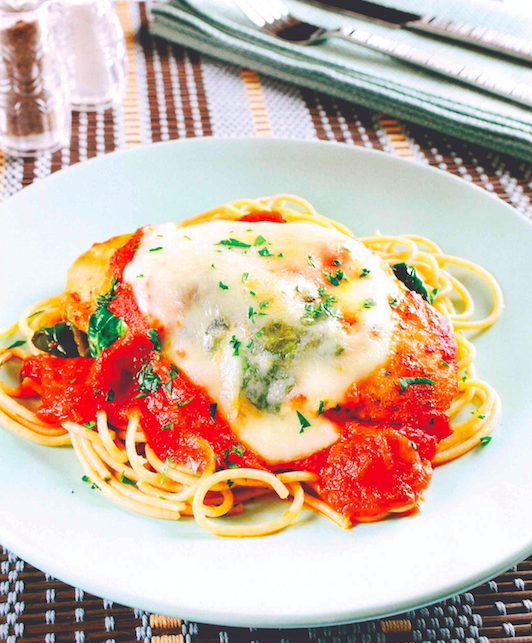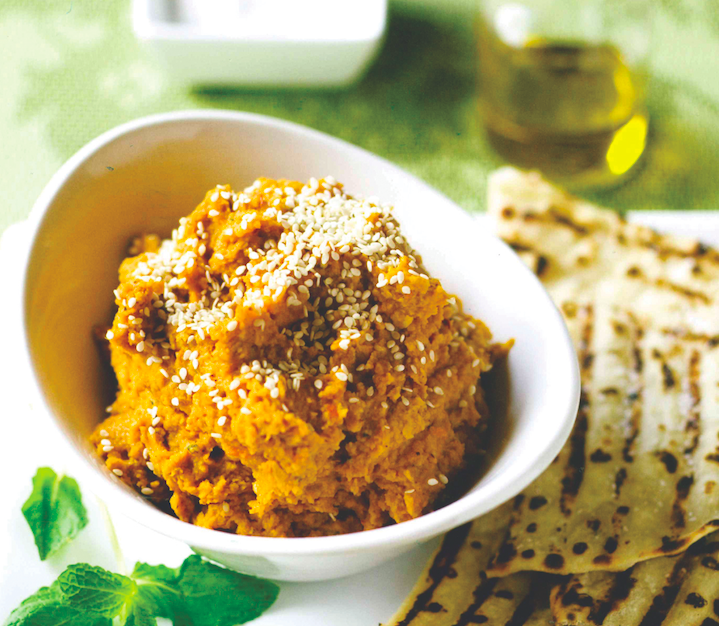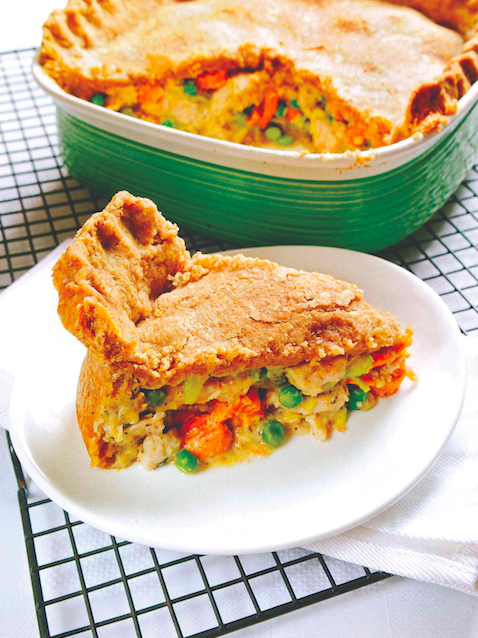Family vacations can seem like daunting endeavors to organize, as planners must cater to each member of the family and their individual needs. Family vacations can cost several thousand dollars, which only adds to the pressure planners may be under. But careful planning makes it possible to simplify the process so more time can be spent resting, relaxing and having fun.
Child-friendly hotel
One of the “musts” when booking a family vacation is finding the right accommodations. This often means booking rooms at family-friendly hotels. Things to look for when seeking hotels include amenities like swimming pools and recreation areas, nearby parks and other attractions that kids can enjoy, and easy access to stores that sell necessities. When booking a room, request one that is close to the elevator or the breakfast buffet. If you have youngsters who nap or go to bed early, try to book adjoining rooms or one-bedroom suites. This way the kids are tucked in but accessible, allowing adults to enjoy their downtime.
Plan the trip together
Get the entire family involved when planning a vacation and let children who are old enough to have a say in some of the travel plans. Let kids choose some activities, pick some restaurants or even select which seats to sit in on the airplane.
Pack as lightly as possible
Pack light and, if possible, buy some necessities when you arrive. Few things can be as headache-inducing as dragging along extra luggage with kids in tow. Choosing a hotel or resort with laundry facilities can be advantageous to active families who may get messy along the way.
Allow for downtime
While it’s beneficial to have an itinerary, leave some moments for spontaneity and rest. You don’t want to return home so tired from the trip that you need another break. Use downtime as opportunities for kids to lead the way.
Travel off the beaten path
Mature children may like sights and sounds that aren’t necessarily designed for kids. So while it may be tempting to stick to big-name resorts that cater to families, there’s plenty of enjoyment to be had exploring lesser-known islands or villages. And while you’re at it, introduce children to native cuisines so they can broaden their culinary palates.
Relive the memories
Make lasting vacation memories more by putting together a photo album or scrapbook.















